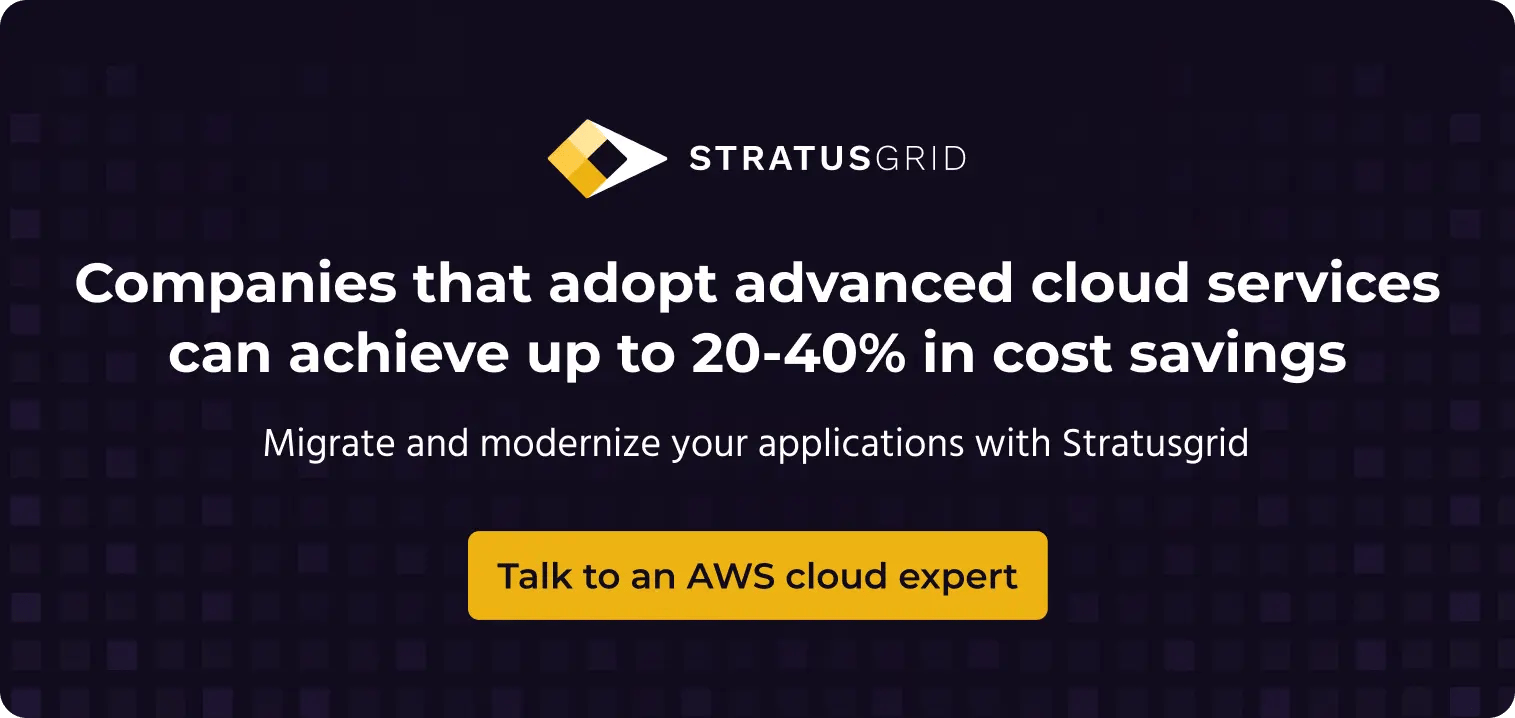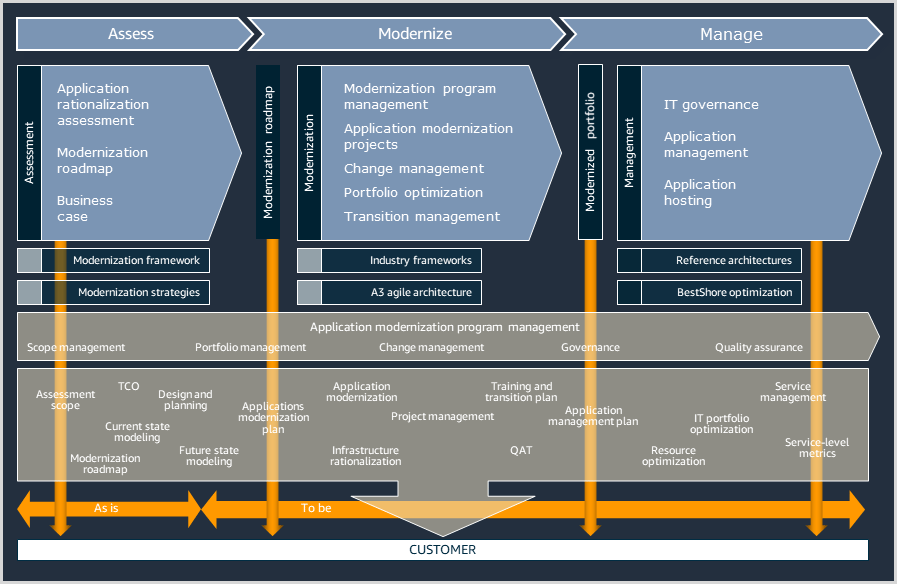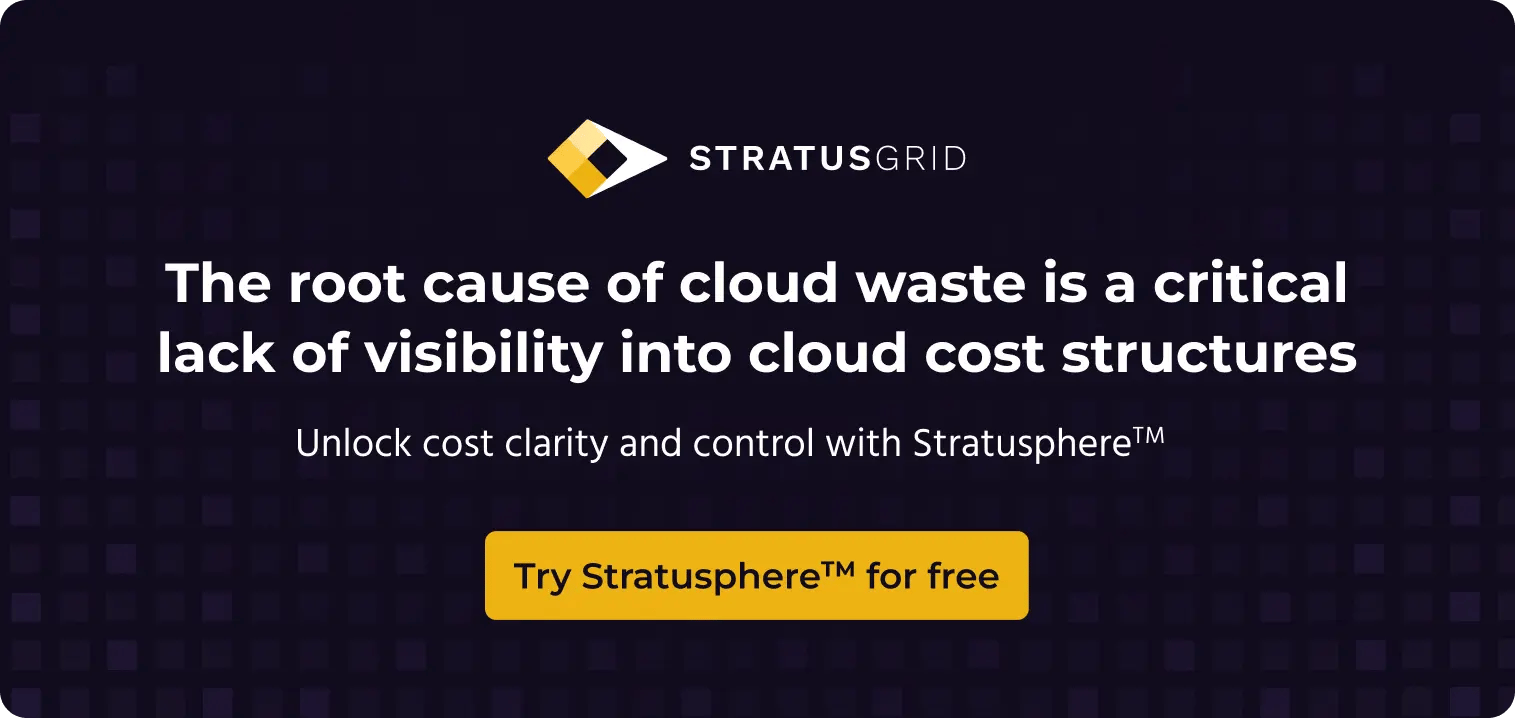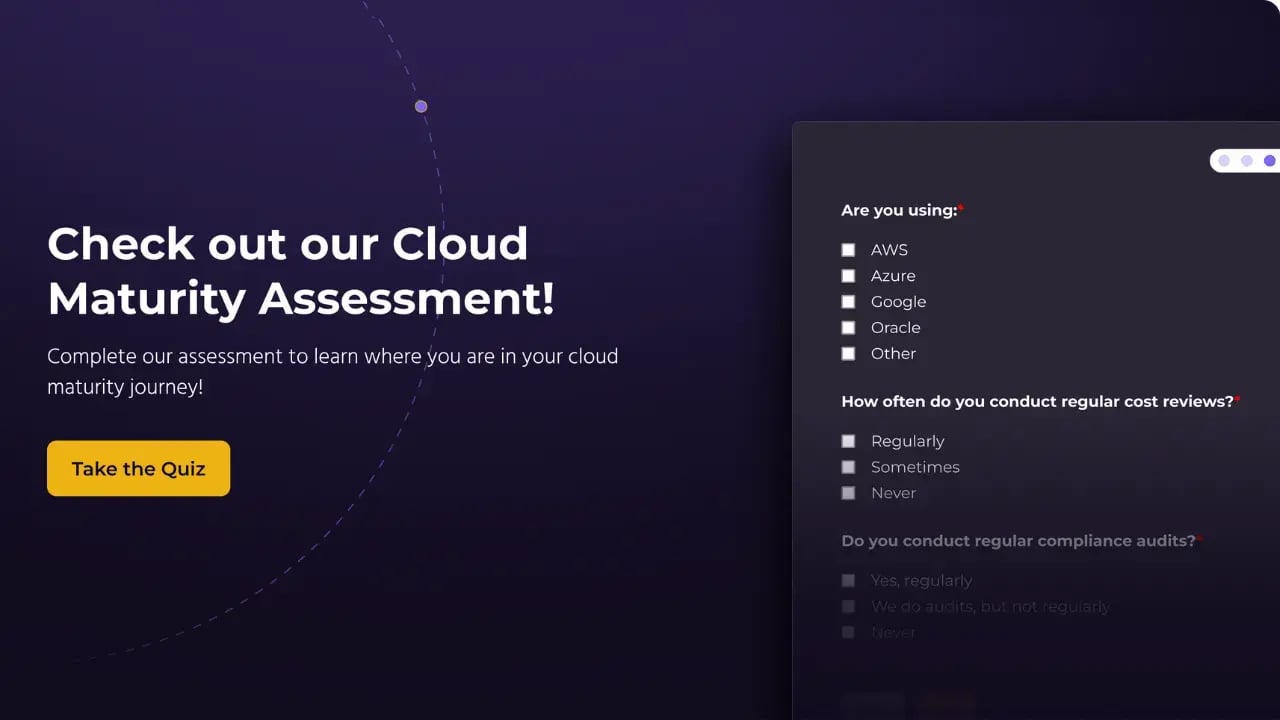For years, forward-thinking companies have left on-premises servers and data centers for the cost-effective advantages of the cloud. And no wonder. Amazon Web Service (AWS) reports average infrastructure cost savings of 31% from cloud computing versus on-premises.
But as smart as migrating to the cloud is, there’s still another step companies can—and should—take to ensure they’re taking full advantage of their new digital environment:
Modernization.
What is Cloud Modernization?
Cloud modernization is the process of upgrading and optimizing your organization’s cloud infrastructure and applications to enhance performance, security, and scalability. In short, it makes all things good about your AWS cloud services even better.
What’s the difference between cloud migration and modernization?
While cloud migration involves moving your data and applications from on-premises infrastructure to the cloud, AWS cloud modernization takes it one giant step further. It entails optimizing these applications to leverage the full potential of cloud features.

How to Evaluate Your Need for Cloud Modernization
A Slow System is a Sign Your Company Needs Cloud Modernization
- Slow performance: When your system slows down, doesn’t process information, crashes, or glitches it’s a sign that it needs modernizing. If you modernize your application, system, or environment it should speed up and increase efficiency. AWS highlights that businesses find a 40% decrease in downtime after modernizing their cloud infrastructure.
- Lack of integrations: As your legacy system gets older, the number of systems and tools that integrate with it decreases. When you realize that you’re hand-making ineffective workarounds to integrate with the tools that you need, you know it’s time to modernize. When you do that, your efficiency will increase, as will the time you can spend on developing improvements, rather than having to focus on maintenance.
- User dissatisfaction: Slow apps, high prices, unavailable APIs, bugs that take ages to fix, and a lack of improvements all decrease user satisfaction. Another sure sign that it’s time to modernize is when you are consistently getting a low NPS score, customers consistently complain about your product, and you just can’t improve it. By modernizing, you speed up development, and increase efficiency, and transparency.
The 3 S’s of Current Cloud Infrastructure
To identify whether your cloud infrastructure is effective, you need to analyze a few different areas:
- Structure: Your cloud’s structure needs to be robust. It should also be reliable, and scalable. You should check if it can handle your current workload, and if there are any weaknesses that you could address.
- Security: Are your data and infrastructure secure? Analyze your access controls, network security, and data encryption to ensure that it all complies with regulations. You can try a vulnerability assessment to discover any issues and fix them.
- Spend: You should review both fixed and variable costs. If your architecture or setup isn’t good, then your spending may oscillate wildly. You need to have transparent, understandable costs. Using Stratusphere you get a clear picture of your spending, and how to improve it.
By analyzing these 3 areas, you’ll get an understanding of where your weaknesses are, and where you can improve your cloud environment.
Stand Out in the Market with a Modernized Cloud
As your business grows, you need to keep ahead of high client expectations, and competitors. Having a modernized, effective cloud environment helps you to:
- Release improvements fast
- Fix bugs even quicker
- Increase developer productivity
- Automate manual tasks
- Provide integrations
- Beat the competition
- Have happier clients
Benefits of Cloud Modernization
As we’ve mentioned above, modernizing brings benefits including increased productivity and flexibility. This makes a big difference for DevOps and engineering teams.
For DevOps
Having an organized AWS cloud is a huge benefit to DevOps teams.
The cloud environment is naturally more scalable and flexible than on-premises hardware. However, it can slow down and become inefficient when the architecture isn’t simplified and organized.
When the environment is restructured and improved, development time is reduced. It becomes easier to build, test, and deploy quickly.
Funimation Modernized its Cloud and Reduced Response Times by 70%
Funimation, a Sony company, was struggling with downtime, long deployment processes, delays, and a lack of consistency.
Funimation decided to partner with StratusGrid to modernize its cloud infrastructure. Together they transitioned from ECS to AWS Lambda, implemented a CI/CD pipeline, standardized configurations, and created new rollback processes.
These actions improved Funimation’s speed, reach, and user experience.
- Global responsiveness - reducing it from more than 1 second to less than 300 milliseconds.
- Development efficiency - went from over an hour to under 15 minutes for every implementation.
- Stability and reliability improved across the platform.
- Downtime reduced, improving user experience.
- Feature releases increased - There used to be one or two releases per week, they went up to one to two every day.
Cloud Modernization Strategies

- Assess: To set the base of your modernization project, you need to analyze your existing portfolio. The analysis should include the modernization blueprint. AWS’s application modernization questionnaire can help you if you’re doing a self-service modernization. Otherwise, StratusGrid can help you with the whole process.
- Modernize: Here you need to ensure your project goals and build your implementation roadmap. Your solutions can include implementing containers, becoming serverless, and deploying on self-service cloud infrastructure.
- Manage: This stage is focused on assuring quality, program management, and service excellence.
3Concrete Examples of Cloud Modernization
You can modernize your cloud in many different ways, but the top 3 strategies would be:
- Containerize: By containerizing your applications, you box them into containers with all the libraries that they need to run. Containers help you deploy faster, scale better, and use resources more efficiently.
- Serverless architecture: By harnessing serverless architecture, your team can focus on running code without worrying about hardware. Serverless architecture is especially useful if you have unpredictable traffic. It also helps you to scale, manage costs, and decrease latency.
- Optimize costs: Optimizing your cloud spend modernizes your environment as you identify idle services, schedule resource provisioning automatically, and right-size your compute resources.
As a bonus, you don’t even have to do it all yourself. Using Stratusphere you can quickly identify the changes you need to make organized by priority, configure your targets, and reduce AWS costs by up to 50%.

StatusGrid: Your One-Stop Shop for AWS Cloud Services
As a certified AWS Consulting Partner, StratusGrid helps maximize your cloud usage—and minimize your cloud costs—through tailored software solutions. Among the ways we do this are through migration, modernization, and stabilization.
What follows is a look at how StratusGrid modernization can help you get the most out of your cloud for the least cost.
How You Benefit From AWS Modernization With StratusGrid
StratusGrid has narrowed its focus to better serve enterprises and private equity firms in media and entertainment, supply chain logistics and advanced manufacturing, and health and finance tech. With experience in over 1000 AWS cloud modernizations, we can help you:
- Be more cost-efficient: Choose the pricing option that best meets your needs. Only pay for the tools you need and allocate resources strategically to support your business goals.
- Shorten deployment times: Innovate with faster iteration and tighter feedback loops by automating testing and deployment.
- Improve security: Centralize your security operations, gain real-time visibility into your security posture, and respond to threats quickly and efficiently.
- Reduce work in progress: Decrease the amount of manual work required to manage infrastructure and applications. Let your team focus on more strategic issues.
- Delight customers: Improve user experience by making your applications faster, more reliable, and more scalable. Remain competitive and meet the growing expectations of your customers.
The StratusGrid Modernization Methodology
Guided by best practices developed through years of experience, we’re continually expanding and improving our approaches to modernization. Here’s the process we will use to navigate your cloud’s modernization together:
Alignment and Analysis
- Identify your organization’s goals.
- Identify the best ways to measure results.
- Share a baseline to refer to before work starts.
Planning
- Build a detailed and measurable action plan to make improvements.
- Ensure the plan aligns with goals and should improve the measures.
- Perform a risk assessment and identify mitigations.
Pilots and Testing
We test assumptions, perform pilots, and tweak project plans to help de-risk the project.
Execution
We work alongside your team to execute the plan, monitor process changes, and adjust as needed.
Analysis and Presentation
To complete our modernization project, we do a closing presentation and measure the impact of our work together. This is presented to leadership.
Unlock Your Cloud's Full Potential with StratusGrid
Transform your cloud journey with StratusGrid's expert guidance in AWS cloud modernization.
Cloud modernization with StratusGrid saves you money, and AWS reports an average of 69% reduction in unplanned downtime.
Elevate your infrastructure's efficiency, security, and scalability with a partner that understands your unique needs. Don't miss out on optimizing your cloud potential— contact us now for a consultation and discover how we can help you achieve unparalleled success in the cloud.
BONUS: Find Out if Your Organization is Ready for The Cloud ⤵️

